Sputnik, the first artificial satellite to be placed in low Earth orbit was launched from Baikonur Cosmodrome at Tyuratam in Kazakhstan on 4 Oct 1957. Sputnik means “companion” or “satellite” in the astronomical sense.
SPUTNIK: Breaking Barriers for a Modern World
"The successful launching of the Sputnik was a demonstration of one of the highest scientific and technological achievments of man - a tantalizing invitation both to the militarist in search of ever more devastating means of destruction and to the astronomer searching for new means of carrying his instruments away from the earth bound environment."
~ Sir Bernard Lovell.
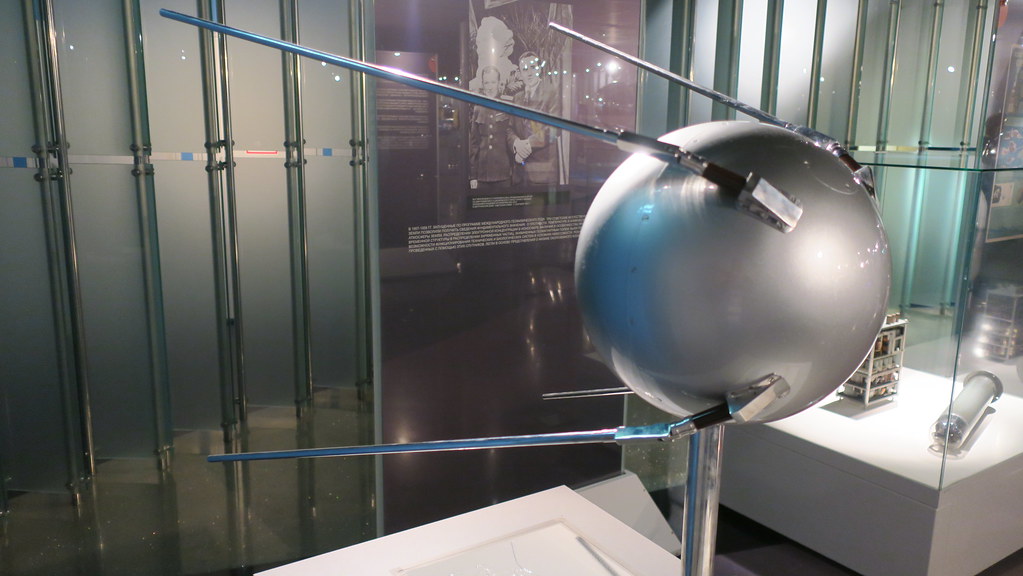
Source: Memorial Museum of Cosmonautics
Sputnik was a small and simple aluminum sphere of 58.0 cm diameter and weighed 183.9 pounds. Four whip-like antennas that were 2.4-2.9 m long were attached to this satellite.
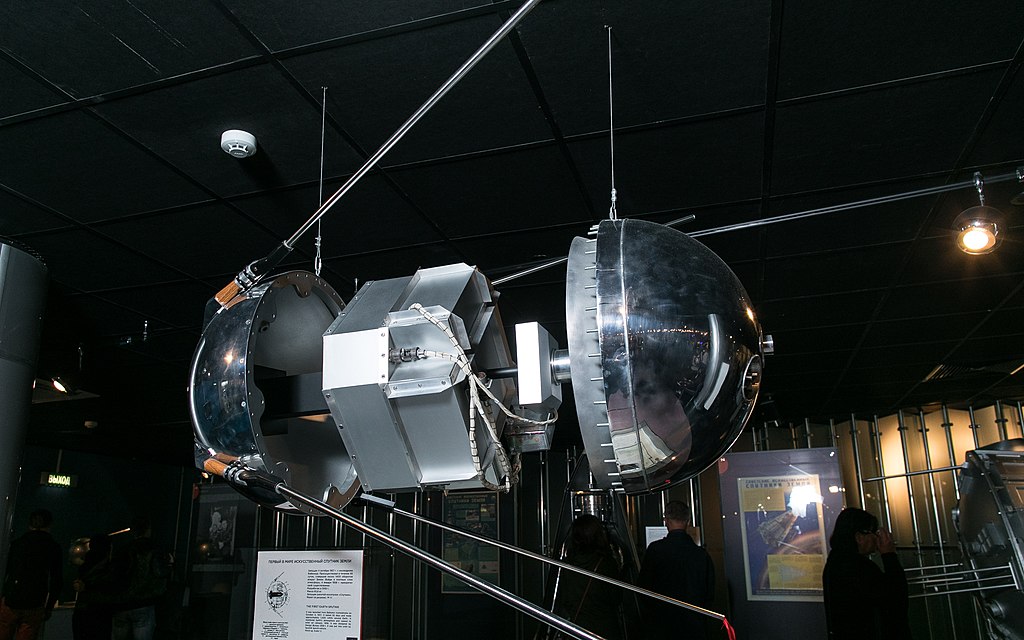
Exploded view of Sputnik. Source: Memorial Museum of Cosmonautics
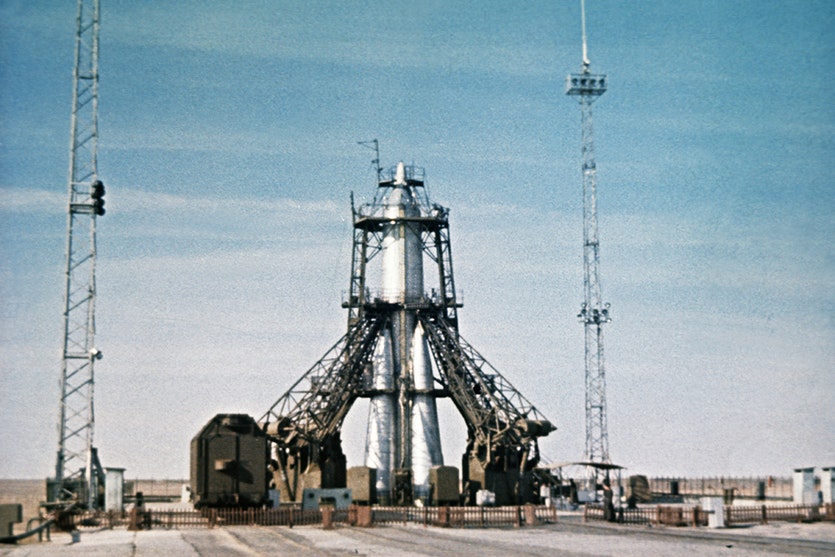
Modified R7 rocket carrying Sputnik. Source: Getty Images
Mikhail Klavdievich Tikhonravov, Sergei Pavlovich Korolev, Mstislav Vsevolodovich Keldysh, Dmitry Fedorovich Ustinov, and Nikita Sergeyevich Khrushchev are the key people behind the Sputnik launch.
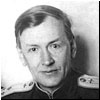
Tikhonravov.

Korolev.
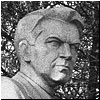
Keldysh
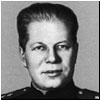
Ustinov

Khrushchev
Source: Russian Space Web.
After staying in orbit for 92 days, on 4 Jan 1958 Sputnik burned while reentering the Earth’s atmosphere except a small arming pin ring. The pin ring was used to insulate the transmitters from the batteries.
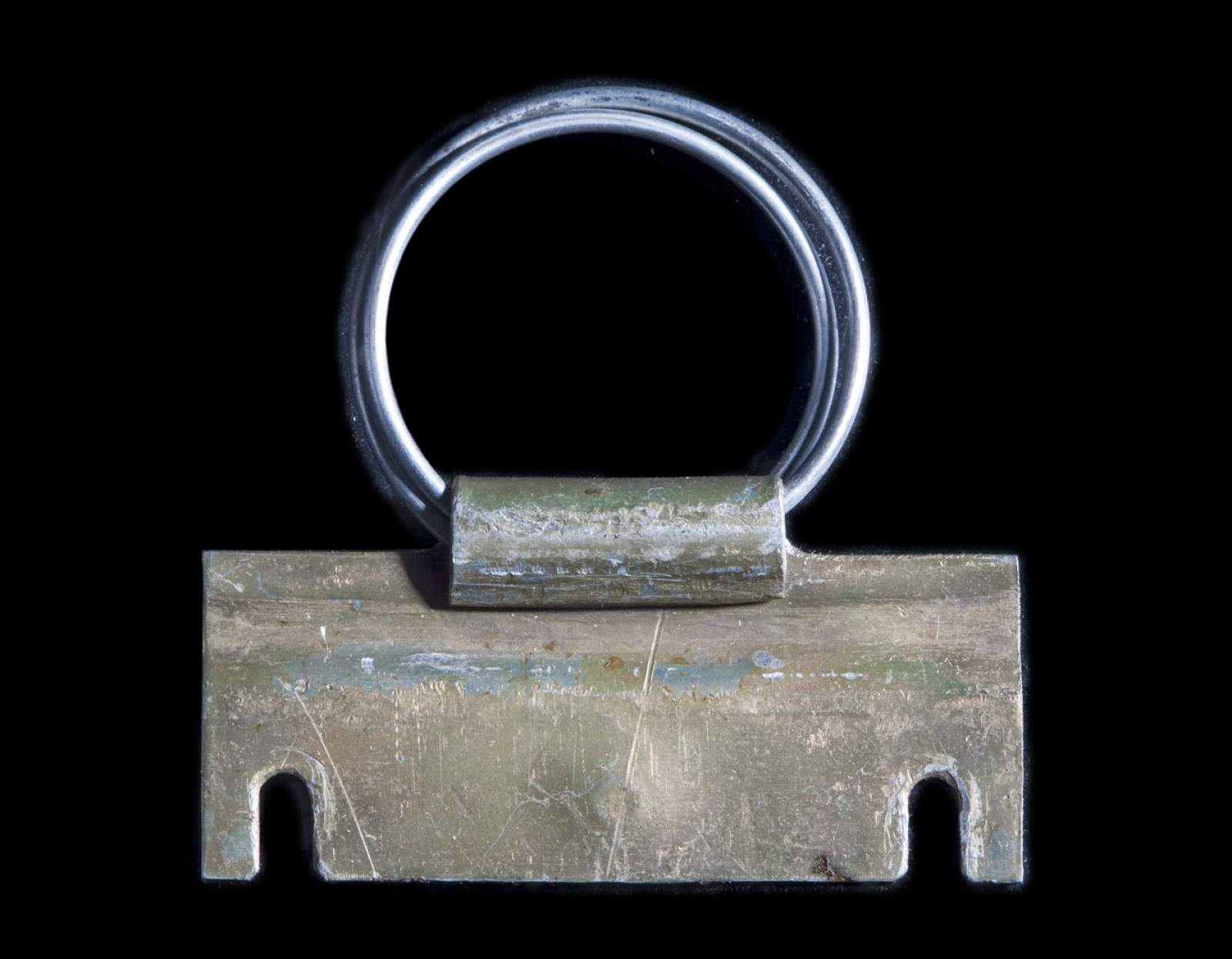
Pin ring from Sputnik. Source: Air and Space - Smithsonian Institue.